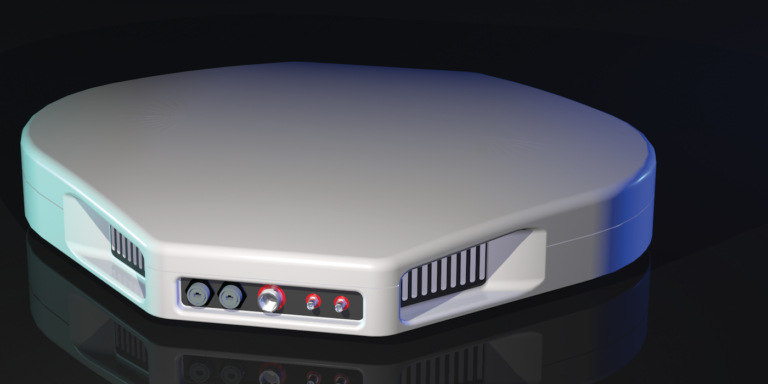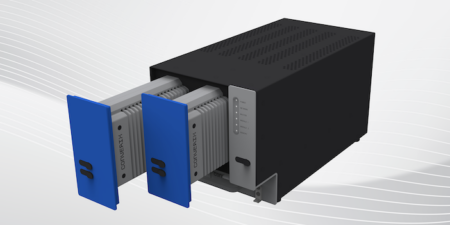ThinKom Solutions has developed a phased-array user terminal specifically designed for operation in the higher millimeter-wave (MMW) frequency bands for evolving next-generation communication satellites.
The low-profile antenna, which is based on ThinKom’s VICTS (Variable Inclination Continuous Transverse Stub) technology, will operate in the Q- and V-band frequencies (37.5-42.5GHz and 47.2-51.4GHz). These bands have been designated for adoption by major satellite operators in low-, medium-, geostationary and highly elliptical orbits (LEO, MEO, GEO and HEO).
“This new phased-array development is timed to fully enable the upcoming frequency revolution that promises to unlock massive new available bandwidth at these higher MMW frequencies for next-generation LEO and MEO satellite constellations,” said Bill Milroy, chairman and CTO of ThinKom Solutions.
Similar Q-band MMW antennas have already been built and on-satellite tested by ThinKom for Q-band aeronautical and ground-mobile use.
“The new user terminals will include uninterrupted ‘make-before-break’ (MbB) and ‘break-before-make’ (BbM) connectivity options, depending on the requirements of a given application. The MbB terminals will support two simultaneous full-duplex beams that can be independently pointed at two different satellites,” explained Milroy. “The LEO and MEO satellites move rapidly across the sky from horizon to horizon, so the multi-beam capability of the new ThinKom MbB terminal ensures uninterrupted services while switching between rising and setting satellites. It also allows multiple satellites or channels to be bonded, either within the same or even across different constellations, doubling throughput capability. The antenna also supports full frequency and polarisation diversity, which is another key enabler for maximising satellite throughput.”
ThinKom’s full-duplex terminal is 75cm square and less than 10cm in height, weighs less than 23kg and requires less than 100 watts of prime power. The company says the terminal provides the same functionality as two separate 50cm-diameter stabilised parabolic-dish antenna radome enclosures.
Milroy noted the degree of difficulty in producing viable electronically scanned arrays (ESAs) that can operate in these higher MMW bands, especially in area efficiency, packaging, power density, thermal management and cost. He stated that the new antennas will provide spectral efficiency, low power consumption, high power efficiency and low heat generation.





